Artist Rad Husak explores the male form in new exhibit, Duality
Attitude speaks to Rad about the exhibition where it comes from, its inspirations, and LGBTQ freedoms in Poland.
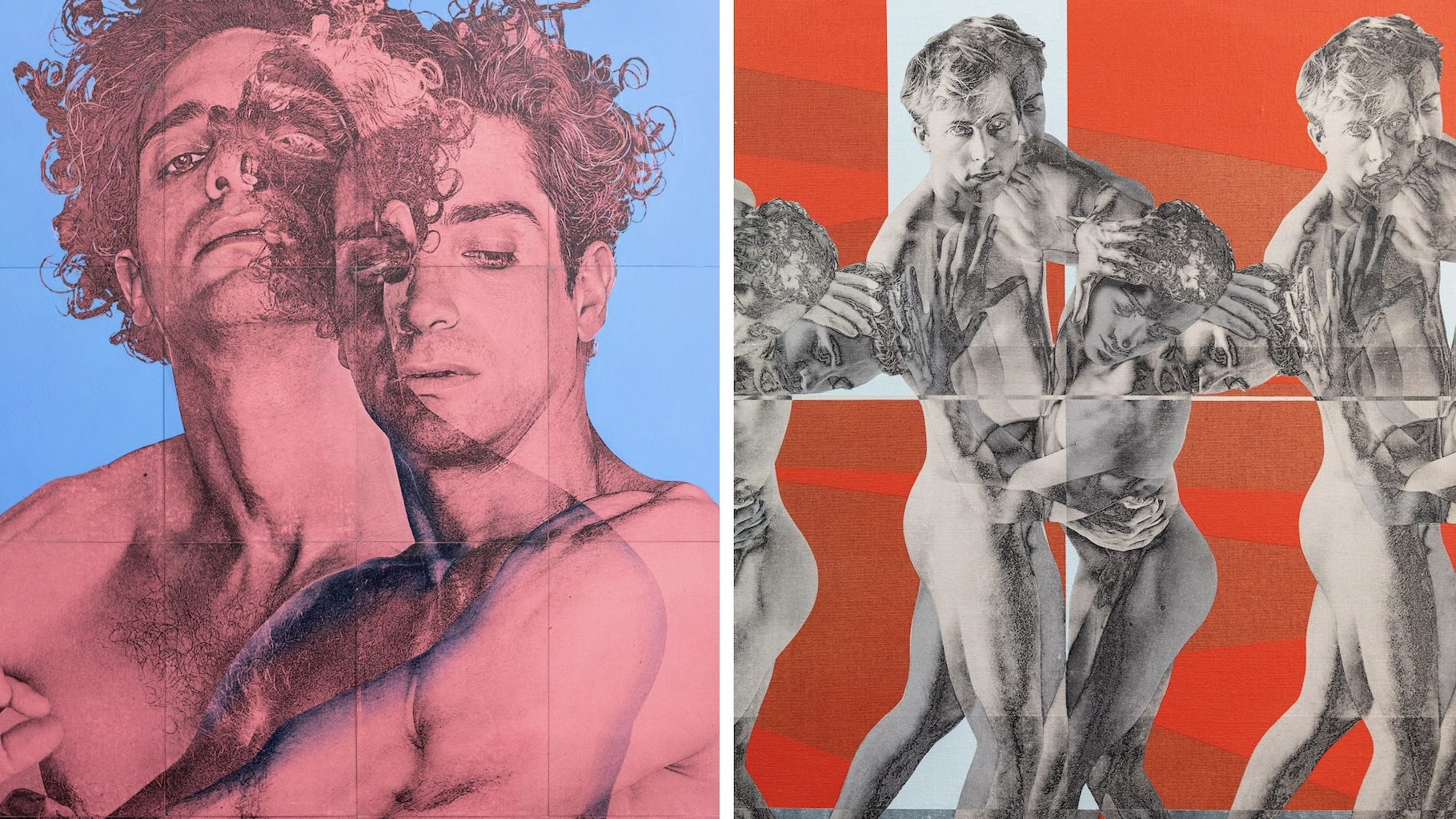
In his new exhibition, Duality, artist Rad Husak is taking a figurative and abstract look at the male form in all its glory.
Drawing on an array of references including Ancient Greek sculptures and Andy Warhol’s 1963 Double Elvis series the glitching figures seen here are Husak’s form of commentary on ideas found in Queer Theory and gender studies.
Aluminium panels are transformed through sand blasting to remove the outer metallic layers and imperfections and blurred edges amplify the tensions and movements, inner emotions, and energies of the body. As a result, the images feel both alive with movement and quietly still.
After exploring the exhibit ourselves, Attitude spoke to Rad about the exhibition where it comes from, its inspirations, and LGBTQ freedoms in Poland.
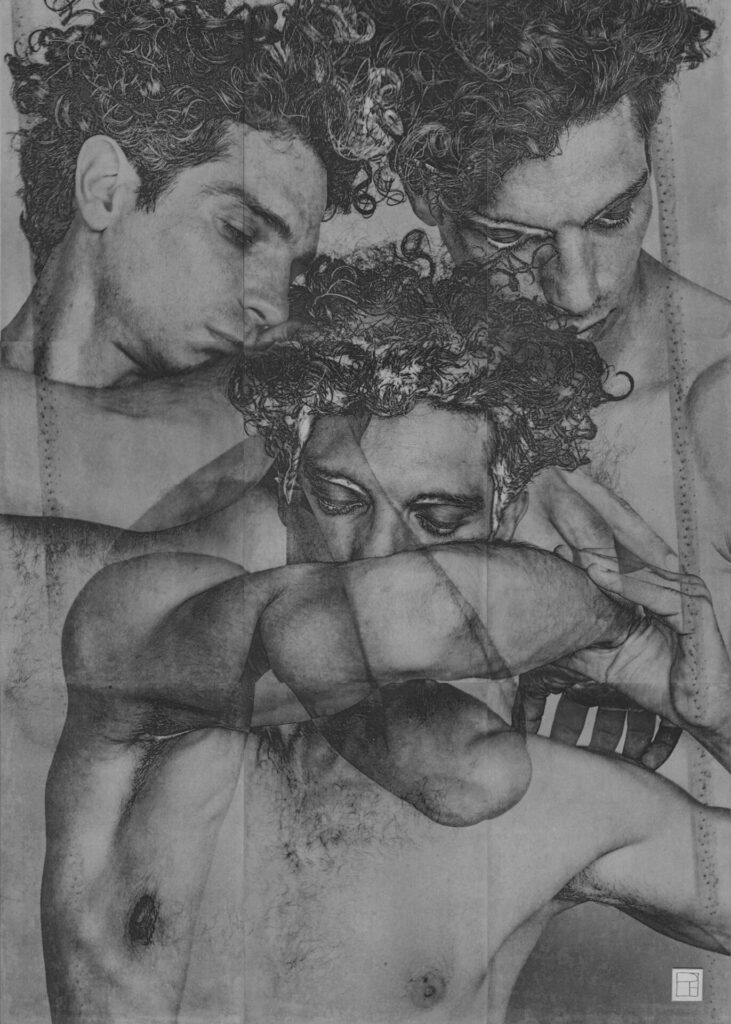
Where did the idea for this exhibition come from?
The idea behind the exhibition is best expressed in its title – Duality. In my work, it references the way the artworks are composed, structured, and created. I am interested in the opposition of the corporal (body) and the inanimate (surface). What emerges is an effusive mixture of both. It’s what I refer to as a ‘duality of collision’. The bodies entangle and intertwine on the picture plane, creating a fleeting moment of implied movement, only to part a moment later, becoming subdued and still once again.
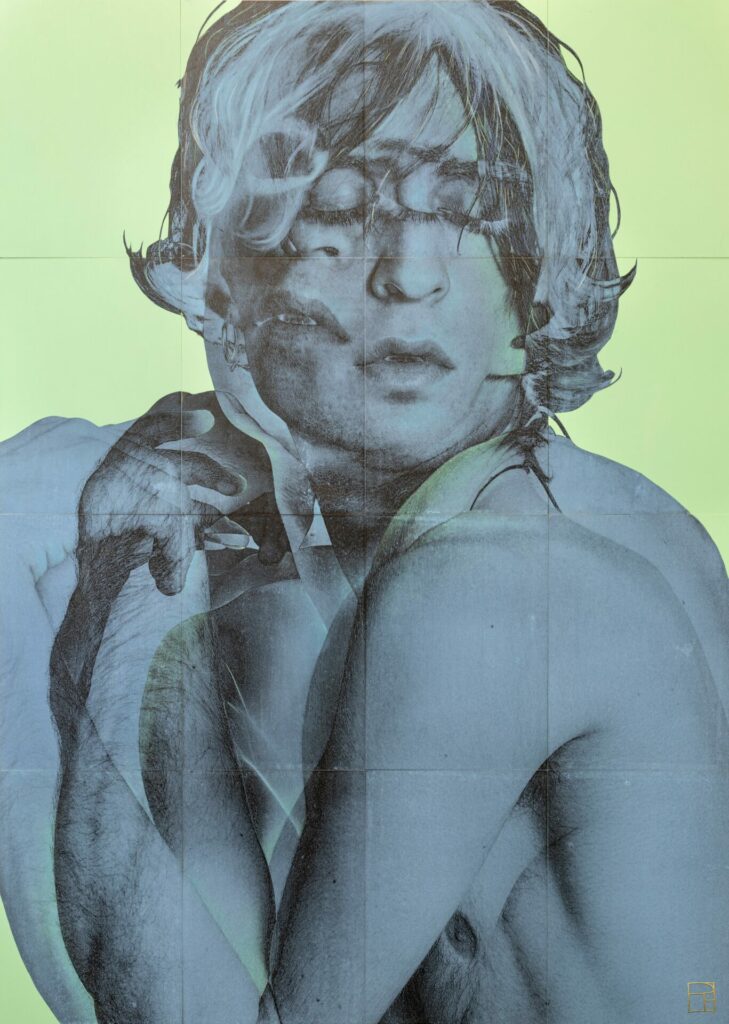
What has inspired this concept?
The inspiration behind the concept was an opportunity to present a wider body of work spanning both pre and post-pandemic periods. The artworks presented at both Quantus and Grove Gallery showcase four years of creative output. Through the constraints of lockdown, I was forced to move part of my studio into my domestic setting. This, in turn, resulted in a radical transition in my colour palette with an emphasis on vivid colour. Before the pandemic, I worked predominantly on sandblasted aluminium in a monochrome palette of blacks and greys. As the access to many of my preferred materials was scarce, I decided to revisit paper as the primary medium. The displayed artworks represent this evolution and the new approach in working with metal, wood, and paper.
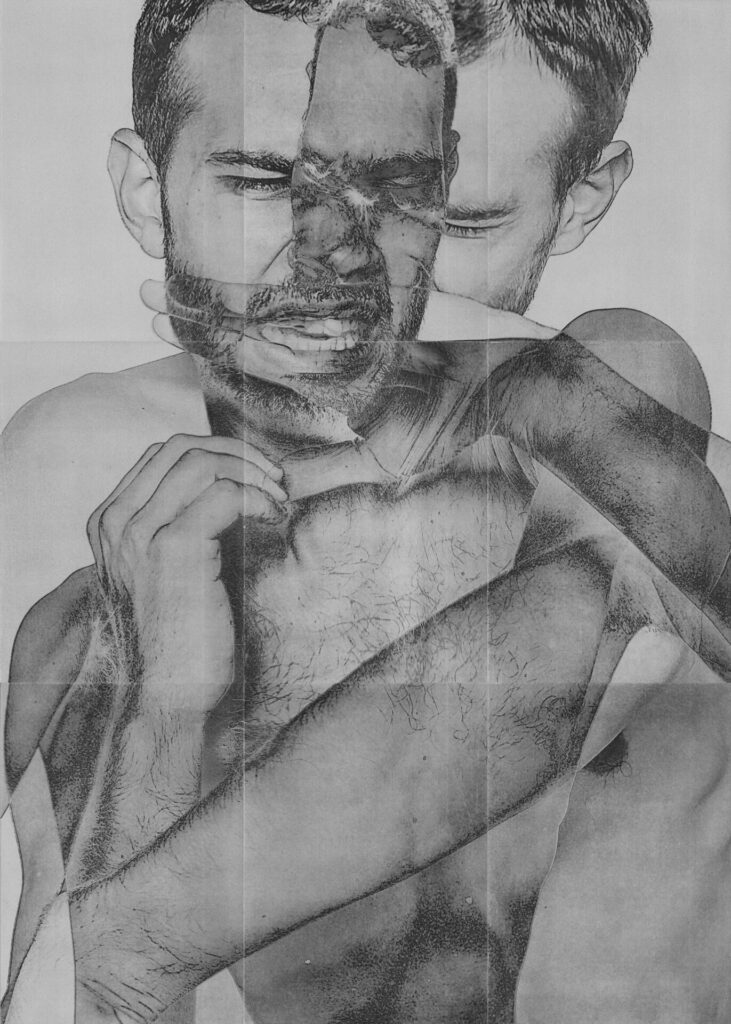
What are you saying with this exhibit? Is there anything in particular you want to comment on through the exhibit?
Through the exhibition, I am trying to destigmatise the perception and position of the male nude in the wider contemporary art practice. For too long the representation of the male form was marginalised and pushed into the realm of homoerotic pornography. In my approach, I am focusing purely on the beauty and expressiveness of the figure, contemplating the possibilities of new associations through visual storytelling. By frequently referencing mythology and elements of pop culture, I invite everyone to engage with the artwork. By turning the gallery space into a ‘sanctuary’ one can escape from the world of the everyday and mundane. By provoking and creating tension between the image and the audience, I want to encourage a moment of pause and contemplation.
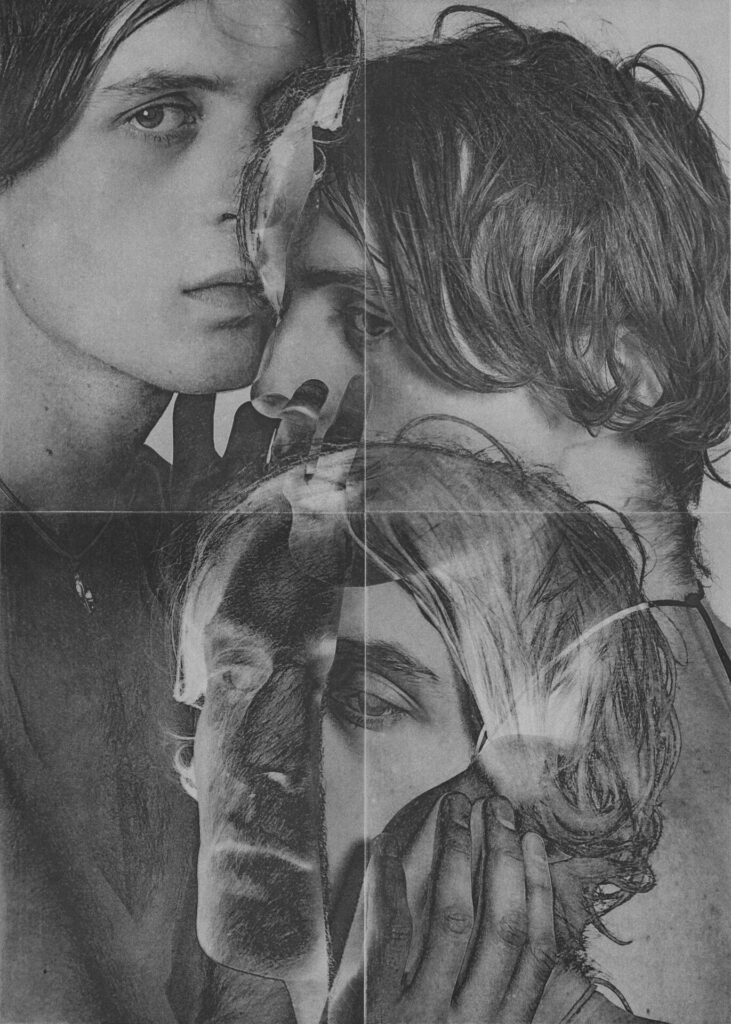
Has the project changed much during the creative process? Is the end result what you imagined at the beginning?
As we were looking at pieces from different periods, creating a harmonious flow within the galleries was paramount. Although I tend to have a very strong opinion on how my work should be displayed, I enjoyed the creative conversation and curatorial ‘give and take’. Ideas evolved organically right up to the opening day as more works were added to the final selection. I could not be happier with the end result. It’s extremely rewarding to be able to see all artworks across both spaces which has given me new ideas for future developments.
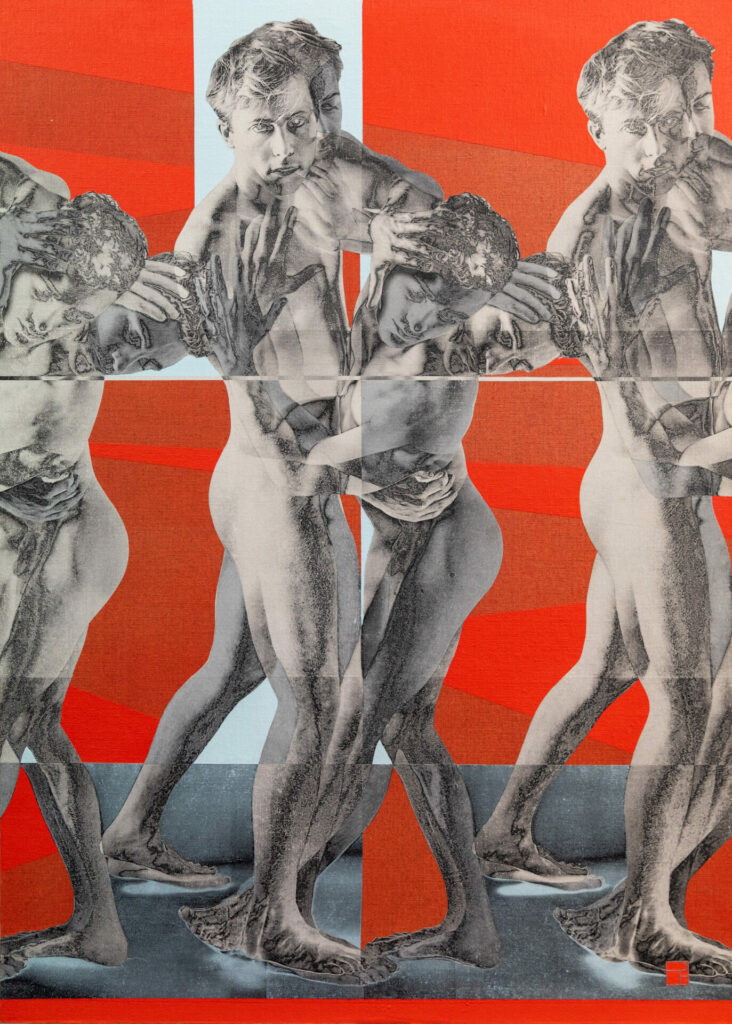
The LGBTQ community in Poland does not have as much freedom as we do here in the UK, is your work in anyway a response to that situation?
My creative and artistic career really only started when I moved to the UK eighteen years ago. It is difficult to say if my work has any direct connection to the situation of the LGBTQ community in Poland. However, as recently as October I had my first exhibition in Poland at Fotofestiwal in Lodz. As you can imagine, I was very nervous about the reactions. To my relief, the reception was overwhelmingly positive which would seem to reflect a more open and tolerant attitude, especially among the younger generation. If my work can inspire anyone back in my homeland, it’s a win-win for me.
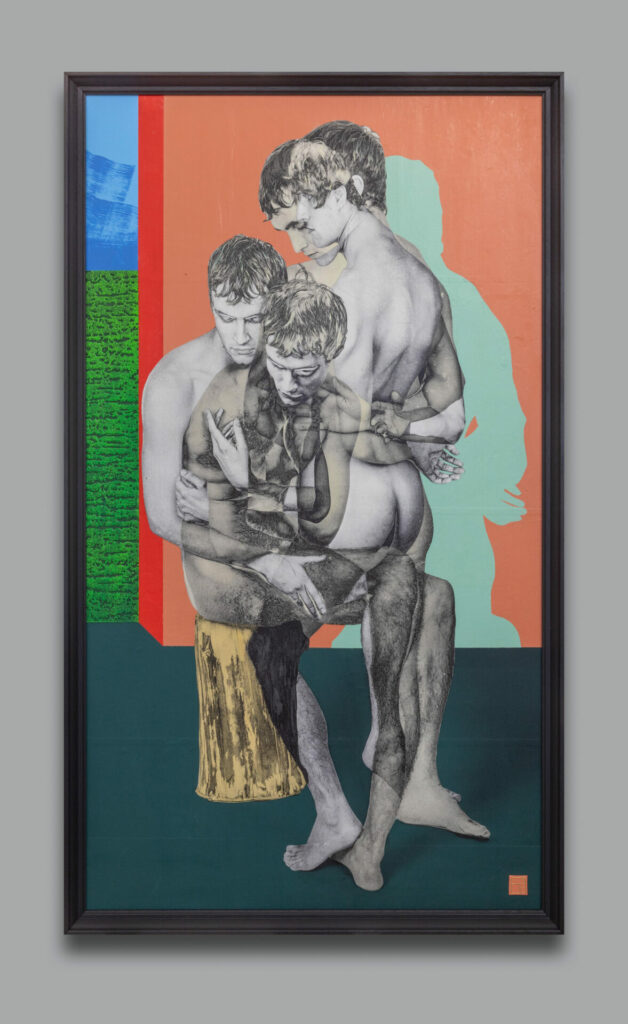
Do you have queer friends and family in Poland? How are they finding things now?
Most of my queer friends emigrated abroad around the time I left for the UK, and sadly, we have all become more of ‘visitors’ back home. It will take a while longer for Poland to get to the point where I can express myself fully the way I do here. That isn’t to say the LGBTQ community is underground. The scene seems to be vibrant, creative, and diverse. However, the current political climate creates different challenges for them.
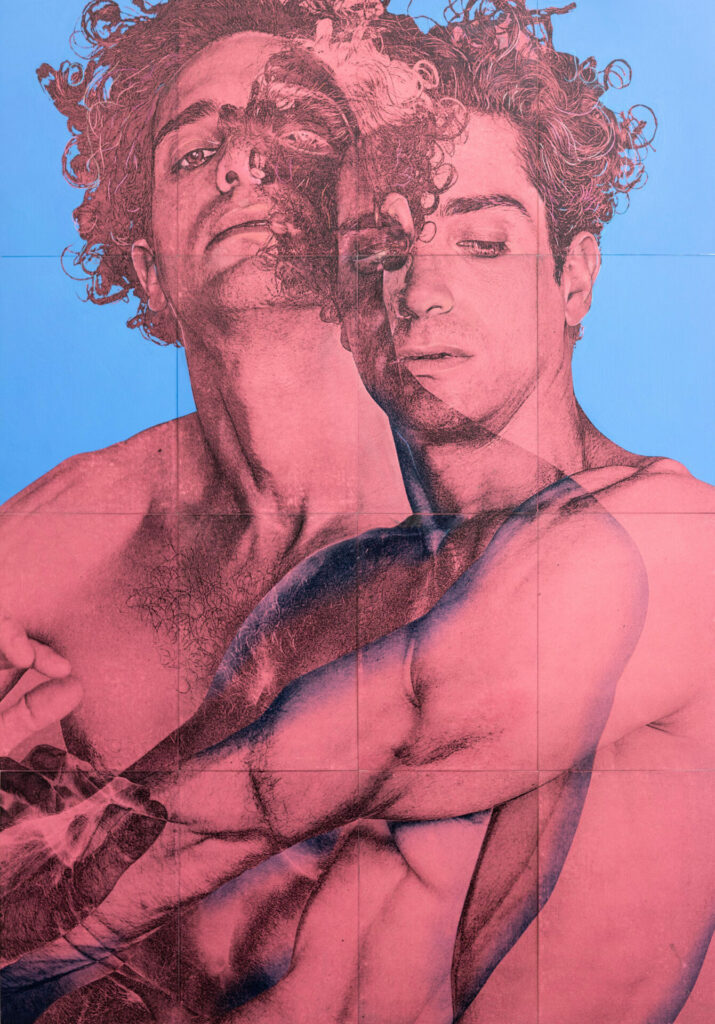
What was it like for you coming from Poland to the UK and being able to be more openly queer here?
As the LGBTQ agenda in the Polish press and media was never openly talked about, it was hard to imagine what to expect from the London scene. Looking back and reflecting on my early days after moving to the UK, I was pleasantly taken aback by a sense of freedom and empowerment. I vividly remember walking through Covent Garden on my way to Soho one summer afternoon only to stumble upon my first Gay Pride! I was utterly enchanted! I instantly realised that I was at home. As a relative newcomer, I didn’t fully grasp how long and how hard the community has fought for our rights. As a result, I have the freedom to be myself and to create without constraints.
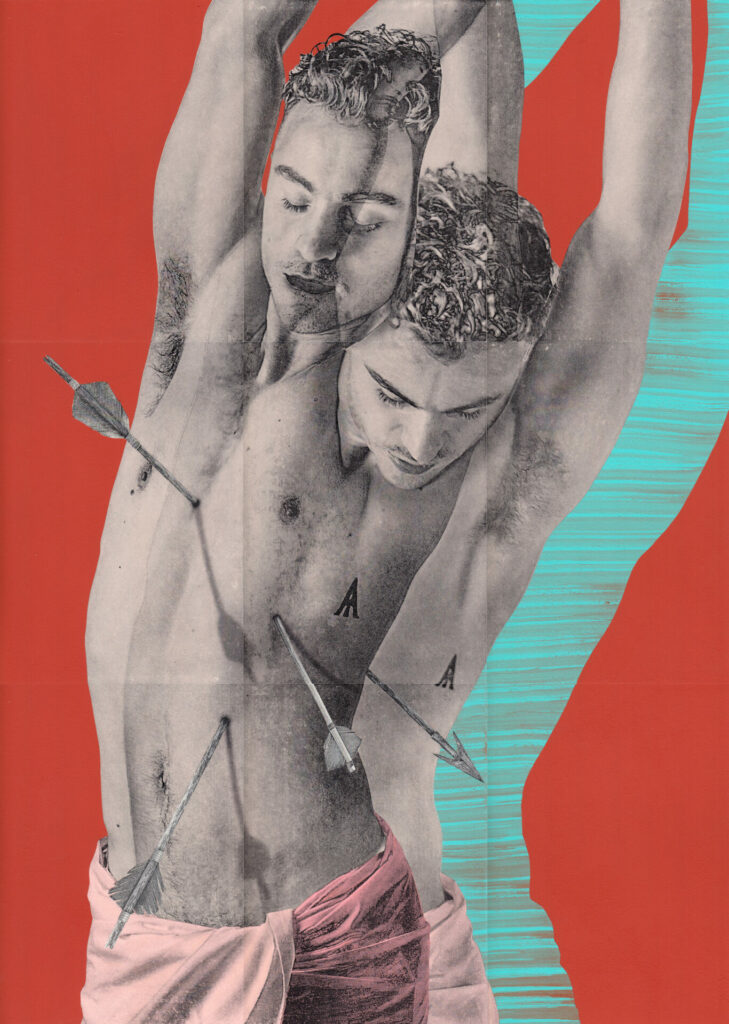
What’s your message to people back in Poland, as well as people here, about what needs to be done to improve things for the LGBTQ community?
I would say that presenting a cohesive front will ultimately bring us the much wanted equality. I hope that the journey to equal rights that many European countries including the UK have gone through can be the inspiration for the LGBTQ community in Poland. There is strength in a united voice, and by focusing on what we have in common rather than what divides us, we can improve our well-being. On a personal level, we can all contribute our time and skills. I strongly believe in the healing power of art. As an artist, I feel it’s my duty to create and encourage that dialogue.
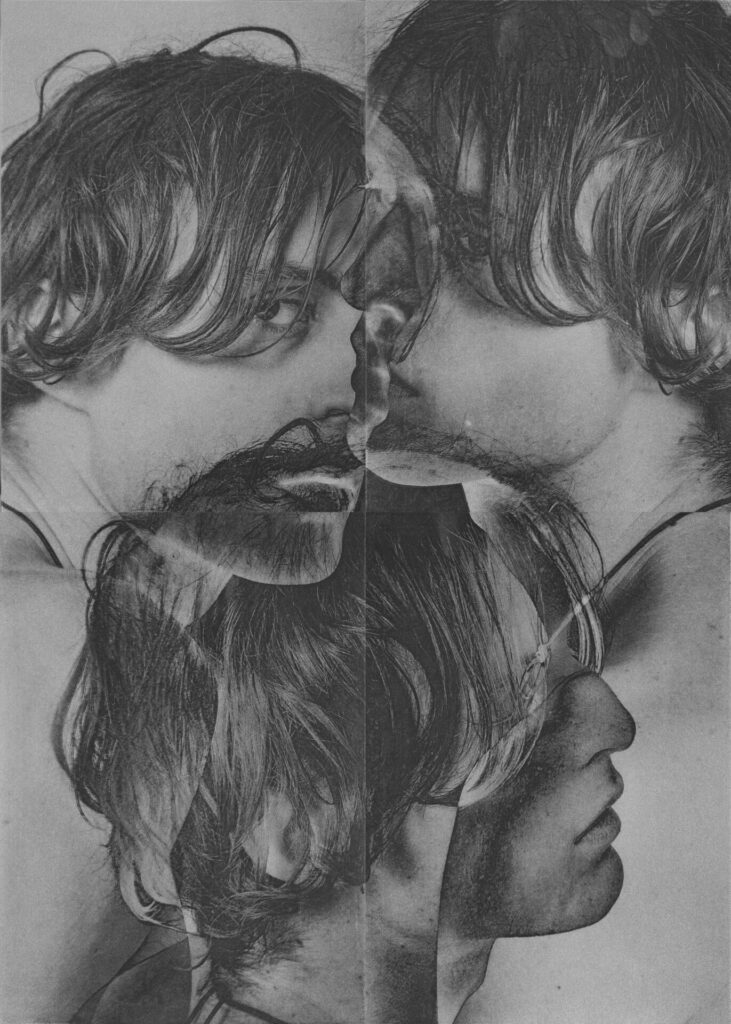
Duality is available for free at the Quantus Gallery and the Grove Gallery, London until 10 December.
